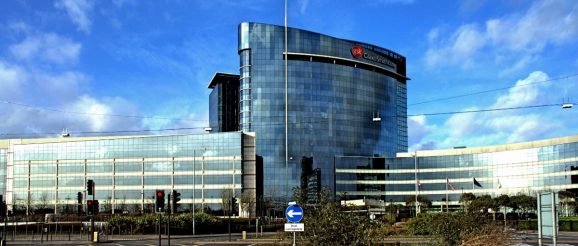The Impact of GlaxoSmithKline’s Price Increases for Benlysta on Pharmaceutical Innovation

Over the last 9 years, GSK gained $2 billion in revenue from price increases on lupus drug Benlysta.

The pharmaceutical industry has long argued that high drug prices are a good thing because the profits from these price hikes allow companies to spend more on research and development to discover and launch the cures of the future.
To test the claim that higher drug prices drive innovation, we gathered data from the industry, individual companies, and the FDA to conduct a counterfactual analysis: what would happen at some of the largest pharmaceutical companies in the world if prices on certain blockbuster drugs had remained constant over the last 10 years?
The following case study examines drug pricing at GlaxoSmithKline, a multinational pharmaceutical firm with treatments in HIV, respiratory, and immunological disorders. This analysis is part of a larger study on the impact of pharmaceutical price increases on medical innovation. To read the full study, click here.
GlaxoSmithKline Case Study
- Headquarters: London, United Kingdom
- Drug Analyzed: Benlysta (belimumab)
- 2021 Company Revenue: $31.6 billion
- 2021 R&D Spending: $4.9 billion
- Other Key Products: Triumeq (abacavir/dolutegravir/lamivudine), Tivicay (dolutegravir), Advair (fluticasone propionate/salmeterol)
GlaxoSmithKline (GSK) is a company in transition. Once a powerhouse for respiratory treatments, the company has been troubled by generic competition as well as the recent completion of the painful spinoff of its consumer product business. As such, GSK is shifting focus to the disease areas of infectious diseases/HIV, oncology, and immunology.
https://medium.com/media/43bec5df2a45ba81d401055e2d74b828/href
We analyzed GSK’s pricing behavior for Benlysta, an immunosuppressive drug to treat lupus. Since 2012, the net price for Benlysta has almost doubled, rising over 98 percent. Much of this price increase occurred from 2012–2016.
https://medium.com/media/25c81929032ab8312754a936fc254cde/href
Benlysta’s revenue is driven roughly equally by price and volume increases since its launch in 2011. More than 54 percent of the drug’s revenue growth came from price increases, totaling $2.0 billion over nine years.
If the price of Benlysta remained flat since 2013, the loss of $2.0 billion in revenue would have resulted in $255 million less in R&D spending. We estimate that, based on the drug development scenarios used in our analysis, GlaxoSmithKline spends $3.1 billion (IQR: $2.7-$3.4 billion) in R&D per new drug developed. Therefore, the impact to new drug development would be negligible, with 0.08 fewer drugs developed.
The results are further evidence that profit growth driven by price hikes on older, branded, monopoly drugs like Benlysta rarely leads to the development of innovative new medicines.
The Impact of GlaxoSmithKline’s Price Increases for Benlysta on Pharmaceutical Innovation was originally published in FREOPP.org on Medium, where people are continuing the conversation by highlighting and responding to this story.
